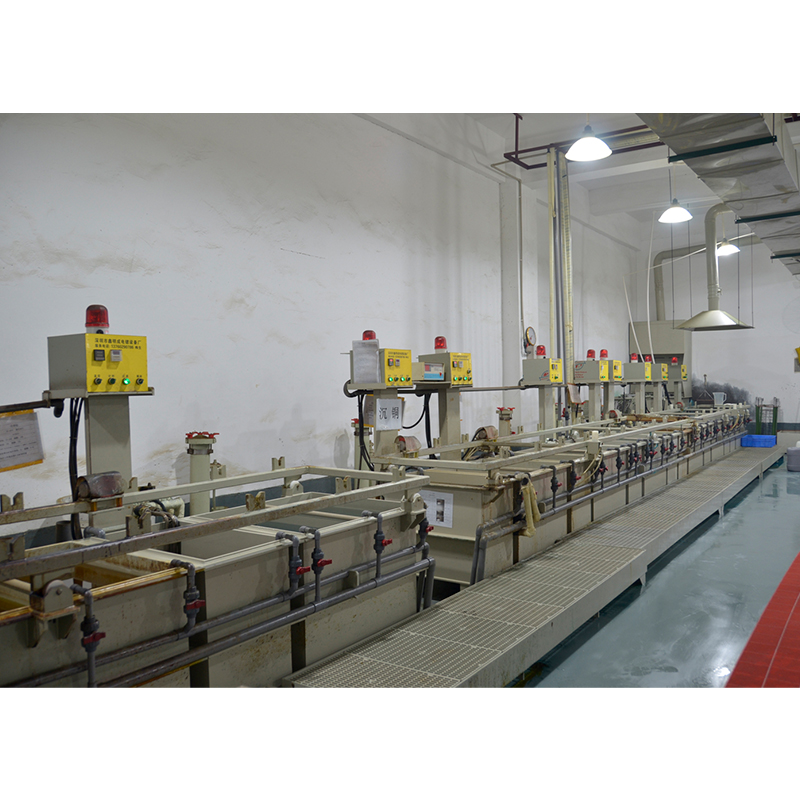If you are in the printed circuit board (PCB) manufacturing industry, you may often encounter the question: “How thick is 1 ounce of copper on a PCB?” This is a valid query because the thickness of copper on a PCB has important implications for its functionality and Overall performance plays a vital role. In this blog post, we will delve into the topic and provide you with all the necessary details about 1 oz copper thickness on PCB.
Before we get into the specifics, let’s take a step back and understand the concept of copper weight on a PCB. When we talk about copper weight, we are referring to the thickness of the copper layer used to make the PCB. The unit of measurement for copper weight is ounces (oz). It should be noted that the thickness of copper is proportional to its weight, that is, as the weight increases, the thickness will also increase.
Now let’s focus on 1 ounce of copper. The term “1 ounce of copper” refers to 1 ounce per square foot of copper used in PCB manufacturing. Simply put, the thickness of 1 ounce of copper on a PCB is approximately 1.37 mils or 0.00137 inches, which is equivalent to 34.8 microns. This measurement is an industry standard and is used in a wide variety of applications.
A thickness of 1 ounce of copper on a PCB is considered ideal for many applications requiring moderate power and signal conductivity. It strikes the perfect balance between performance and cost-effectiveness. However, it must be remembered that different applications may require different copper weights. While 1 oz copper is versatile, other options such as 2 oz or 0.5 oz copper may be better suited for specific situations.
Now that we have discussed the thickness of 1 ounce of copper, let’s explore some of the key factors that determine the choice of copper weight on a PCB. First, it depends on the power requirements of the circuit. If the circuit needs to carry high currents, a thicker layer of copper may be required to ensure adequate conductivity and prevent excessive heat generation. On the other hand, lower power applications can use thinner copper layers.
Secondly, the frequency of signals carried by the PCB also affects the choice of copper weight. Higher frequencies require thicker copper layers to minimize signal loss and maintain signal integrity. This is especially important in high-speed digital circuits and radio frequency applications.
Additionally, the mechanical strength and stiffness of the PCB are affected by the weight of the copper. Thicker copper layers provide better support and reduce the risk of damage during handling, assembly and operation.
All in all, the thickness of 1 ounce of copper on a PCB is approximately 1.37 mils or 0.00137 inches. It is a standard measurement widely used in the industry for a variety of applications. However, it is important to consider the specific requirements of the PCB and the nature of the circuit to determine the most appropriate copper weight. Factors such as power requirements, signal frequency, and mechanical strength all come into play when making this decision.
In summary, knowing the thickness of 1 ounce of copper on a PCB is critical for anyone involved in the PCB manufacturing industry. It helps make informed decisions about the design and manufacturing process, ensuring optimal performance of the circuit. So, the next time someone asks you “How thick is 1 ounce of copper on a PCB?” you have all the knowledge you need to give them an accurate answer.
Post time: Oct-12-2023
Back







